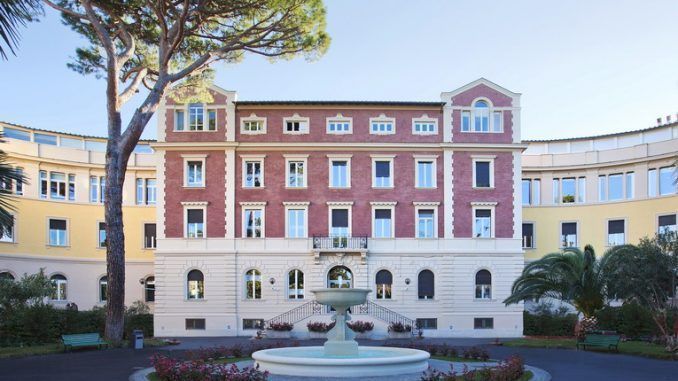Rome St. Charles Nancy Bove With robot Da Vinci XI benefits doctor and patient cancer surgery
Rome, St. Charles Nancy, Bove: “With robot Da Vinci XI benefits doctor and patient oncological and reconstructive surgery areas of’election in urology”
Doctors with international expertise, state-of-the-art operating rooms and now also an innovative tool to treat urological pathologies put at the service of patients. It’s the da Vinci Xi robot a cutting-edge technology for precision minimally invasive surgery that enriches the offerings of Gvm Care’s Rome-based San Carlo di Nancy Hospital & Research accredited with National Health Service.
Explaining how it works and the benefits for the patient – but also for the surgeon – is Pierluigi Bove, head of the Unita’Unita’ Operative Urology Unit at San Carlo di Nancy:
– Robotic urological surgery department also equips itself with the da Vinci Xi Robot. How this machine works? “This is Intuitive’s newest platform in robotic surgery, and it uses an extremely advanced system that allows it to replicate, inside the patient’s abdomen, the movements of a hand. It is actually a real ‘miniaturized hand’ working inside the patient’s abdomen thanks to which the specialist can perform complex surgeries with the utmost precision”.
– What are the areas of ’application of ‘Da Vinci’? “The areas of application in urology, the segment I am involved in, relate more to cancer surgery and in particular prostate cancer, kidney cancer, bladder cancer. Clearly, the robot also offers significant advantages to reconstructive surgery and in particular to malformations of the excretory tract, pelvic organ prolapse I think for example cases of cystocele, colpocele and rectocele”.
–What are the benefits for the patient, I’m also thinking about the post-surgery? “The advantages for the patient are closely related to the minimally invasive nature of the’operation. This type of surgery means that the ‘doors’ that we use to access the area to be operated on are obtained through very small incisions of about 8 millimeters. We must then remember that in surgery, the rule applies that the smaller the incision the surgeon makes in operating, the less biochemical damage suffered by the patient and the greater the recovery of normal function.
In particular, the Da Vinci, with its degrees of freedom that the instruments inside the abdomen allow us to achieve very rapid functional recovery such as the resumption of continence or the resumption of erectile function in post-operative prostate cancer patients”.
– And what benefit does the physician derive? “The benefits for the surgeon are also enormous, because such a robotic system allows him to operate while standing at the console. Through joysticks, which allow all robotic arms to be used in an absolutely relaxed manner, the surgeon in the operating room avoids working in uncomfortable positions typical of laparoscopic surgery. Therefore, the less fatigue experienced by the surgeon, especially in surgeries that last many hours, the greater will be’the advantage for the doctor who will be able to enjoy more concentration while also experiencing less fatigue, no arm tremors due to the prolonged times typical of surgery to the benefit of the patient”.
– What are the main components of such an instrument? “The robot is’composed of three parts. The first is’ an operating console where the surgeon sits and can use his hands and feet to control the four ‘robotic arms’ which correspond the second part of the instrument. A structure by which the ‘arms’ are placed in the’abdomen.
And then there’s’a third part that corresponds to the video system that offers a very supportive three-dimensional image during the’surgery”.
